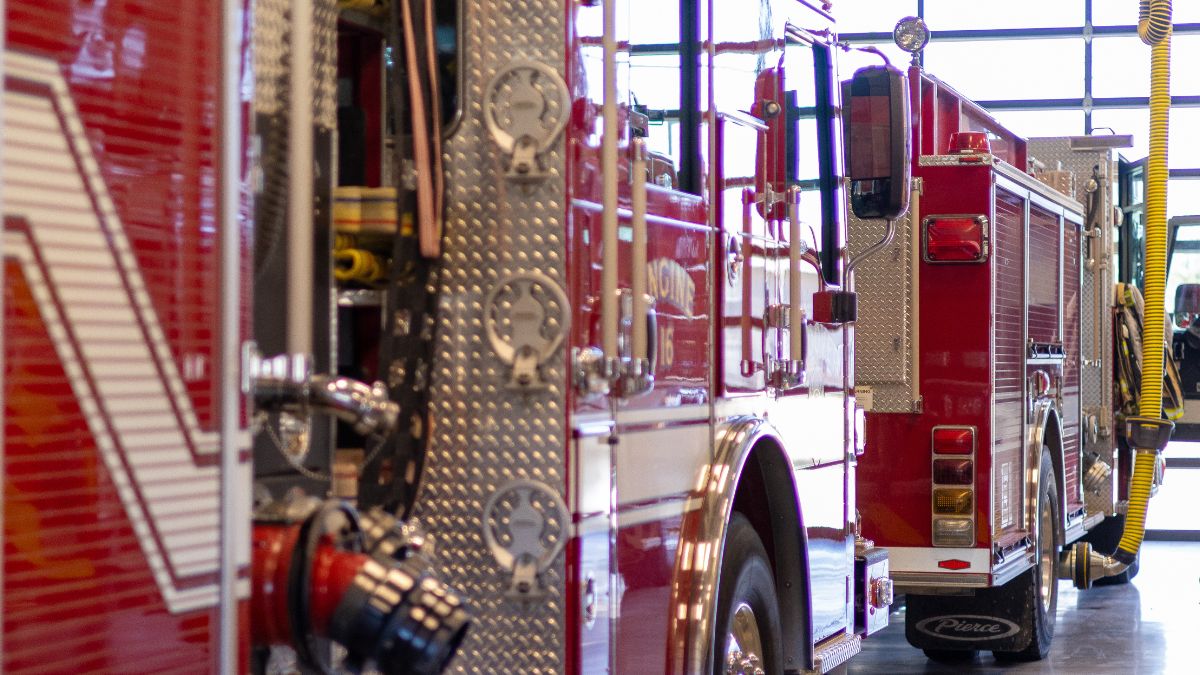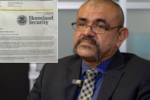In some parts of Missouri, dialing 911 during an emergency may not immediately connect you to help. Instead, the call could be rerouted to a regular landline, leaving emergency responders in the dark about your location and situation. However, thanks to new federal funding, significant improvements to 911 services are on the way.
Current Challenges with Missouri’s 911 System
In many counties, especially in southeastern Missouri and near the Mark Twain National Forest, the 911 system still relies on outdated technology. Emergency calls from cellphones don’t provide automatic location data, which means dispatchers can’t quickly figure out where help is needed. This can cause delays, especially in emergencies when every second counts.
Scott Cason, executive director of the Missouri 911 Service Board, explains the problem: “If you couldn’t tell them where you were and couldn’t tell them what your emergency was, they had no idea where to send anybody.” The Missouri 911 Service Board was formed in 2018 to address this issue by overseeing upgrades to the state’s emergency response system.
Before the creation of this board, emergency responders faced a tough challenge in locating callers. “That doesn’t save lives,” Cason adds, highlighting the urgency of upgrading the system.
How Federal Funding is Helping
Thanks to a combination of federal and state funds, Missouri is moving forward with significant improvements. The state has received approximately $10 million in federal funds from the American Rescue Plan Act (ARPA), and an additional $11 million from Missouri’s state budget. These funds are being used to update emergency call centers and install new software, making it easier for dispatchers to quickly locate and respond to emergencies.
With these upgrades, 911 centers will implement geolocation and advanced mapping systems, which will help responders pinpoint emergency situations with greater accuracy. These improvements will also include the transition to Next Generation 911 (NG911), a system that uses fiber optics and 5G wireless technology for faster and more reliable communication. Unlike traditional copper wiring, NG911 is built to handle modern communication demands, like text messages and images, in addition to voice calls.
A Long Overdue Upgrade
The state’s current 911 system relies heavily on copper wires, which are outdated and prone to issues. NG911, on the other hand, uses modern technologies like fiber optics and 5G networks, ensuring better communication between dispatchers and emergency responders.
However, upgrading the system is no simple task. The transition from copper cables to fiber optics and wireless technology is complicated. Additionally, a highly detailed Geographic Information System (GIS) mapping is required for accurate location data, which will help first responders navigate more efficiently.
To help complete the GIS mapping, nearly $3 million of the ARPA funds were used for a flyover of the entire state. This flyover captured detailed images and data to improve mapping accuracy, including factors like bridge clearances and road detours, which will now be automatically factored into the dispatch process.
The Role of Regionalization in the Upgrades
One of the goals of the 911 Service Board is to make these upgrades more affordable and accessible. To achieve this, they have introduced a “regionalization” strategy, which groups neighboring counties together. This collaborative approach allows counties to share resources and reduce costs while speeding up the upgrades.
For example, Scott County may still handle its own police dispatching but could join with neighboring counties for fire and emergency medical services (EMS) dispatching. This flexibility in service consolidation will help streamline the process and make the upgrades more manageable for smaller counties with limited resources.
A Two to Three-Year Timeline
The upgrades to Missouri’s 911 system are expected to take about two to three years to complete. The 911 Service Board is also asking the state’s General Assembly for an additional $10 million in funding for next year to help continue the improvements.
Despite these efforts, there are still areas in the state that require more funding to bring their 911 systems up to the new standards. “That’s going to take a lot more money and a lot more time,” says Kaycee Nail, who works in legislative affairs for the Missouri 911 Service Board. These additional funds will be crucial in ensuring the entire state can transition to NG911 and provide the best emergency services possible.
The Impact on Emergency Response
Once the upgrades are in place, Missouri’s 911 services will be faster, more reliable, and more accurate. With new technology, response times should decrease, as dispatchers will be able to send help more quickly and efficiently. Angela Rodgers, the director of the Scott County 911 Emergency Services Board, believes that the improvements will be revolutionary for the region. “The service is going to be top-notch now,” she says. “I am not even sure that we are going to be able to compare it to what we’ve done before.”
As the state works toward making these upgrades a reality, emergency responders and residents alike can look forward to a 911 system that will save lives more effectively and improve safety for all Missourians.
Disclaimer – Our team has carefully fact-checked this article to make sure it’s accurate and free from any misinformation. We’re dedicated to keeping our content honest and reliable for our readers.








